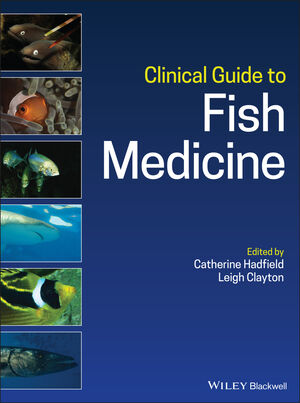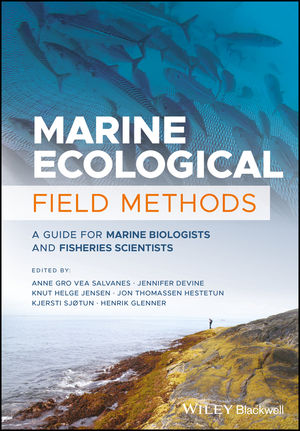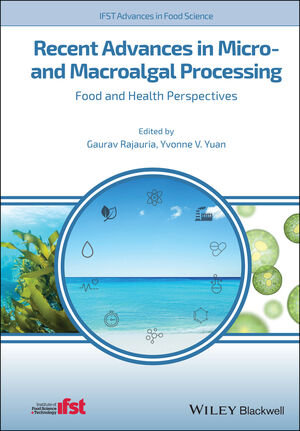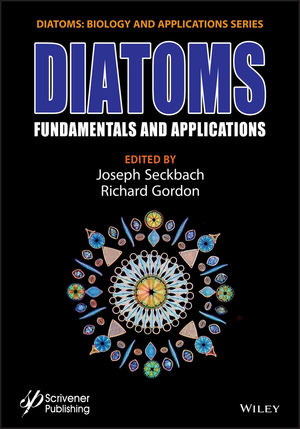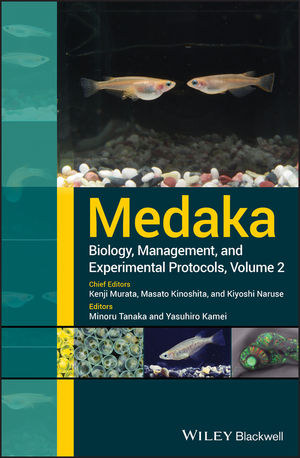
News & Views
Restocking
Connecticut anglers alarmed by $500K fish hatchery budget cut
May 1, 2025 By Hatchery International staff
Connecticut anglers fear the $500,000 budget cut to the state’s fish hatcheries could impact stocking and conservation efforts.
A report by the Hartford Courant states that Gov. Ned Lamont’s proposed 2026-27 budget includes recommended line item adjustments to the Department of Energy and Environmental Protection (DEEP). Last year, fish hatcheries received about $3.5 million; the new proposal reduces that to just over $3 million.
The state has three fish hatcheries in Burlington, Kensington, and Quinnebaug Valley in Plainfield, which raise and stock trout and salmon. The hatcheries distribute over one million adults, juveniles, and eggs to support various fisheries management goals, according to DEEP.
A spokesperson for the Office of Policy and Management (OPM) said the funding cut will not have any negative impact on conservation or stocking, but the cut is aimed at removing funding that was originally intended to repopulate the American eel.
“At this time, we do not anticipate that DEEP will be launching this eel breeding program anytime in the foreseeable future. Because this eel breeding program is not being launched at this time, the funding that had previously been earmarked for this program is being proposed for removal from the state budget,” said Chris Collibee, OPM spokesperson, in an email.
John Brewery, an outdoor advocate and fisherman, said many other anglers are concerned that these cuts will have major impacts on conservation and recreation.
“Our hatcheries are a paid user system. It’s not an entitlement and this isn’t overhead,” Brewery said. “The trout stamp price could be raised instead of just cutting funding. A lot of anglers have told me they are willing to pay more for the trout stamp price. The anger is that we’re paying for hatcheries to be open, and they are going to cut their funding anyway.”
Connecticut hatcheries and recreational fisheries are mostly financed by license fees and federal funds, not through general revenue, according to DEEP.
“I don’t get the math on this one. Are we not paying for all this? I pay an annual license fee, an annual trout stamp fee and an annual guide service fee. Where is my money going?” said Steve Culton, a fly fishing guide, instructor, and angler. “If this is manifesting, then, yes, I am mad about it. I don’t understand why the state would willfully hurt something that contributes so significantly to the recreational wonder of this state.”
The legislature provided $1 million in funding in 2023 for repopulating Atlantic salmon and American eel. But because DEEP is unable to grow eels at its hatcheries, it used the funding to improve its hatchery operations and facilities.
“In recognition that the eel program was never launched, the governor’s budget removes the associated funding of $500,000. This will not impact EnCon enforcement efforts, nor is it anticipated to reduce the number of fish DEEP produces,” Collibee added.
Print this page
